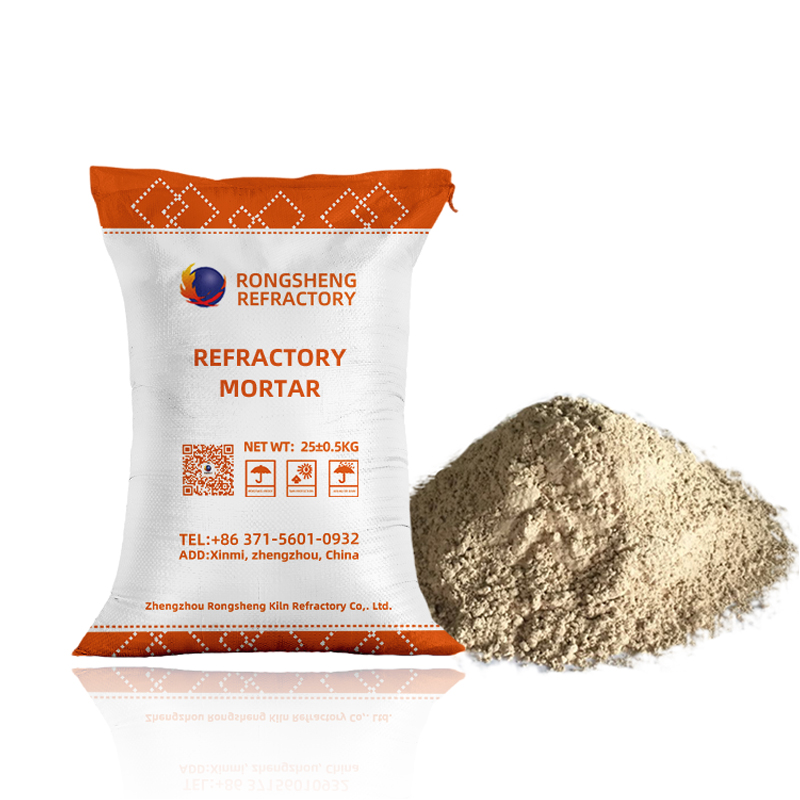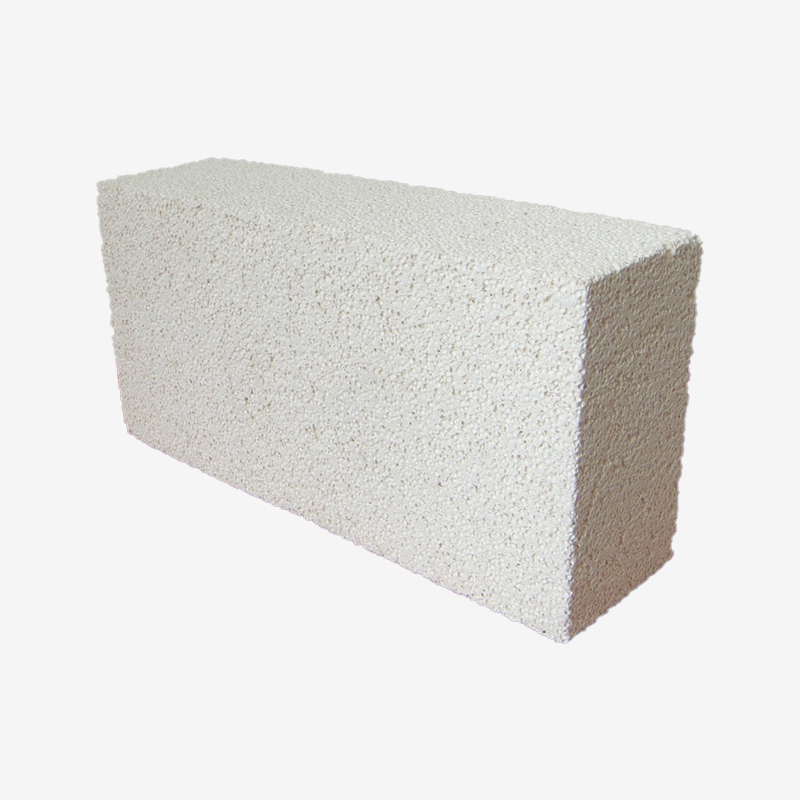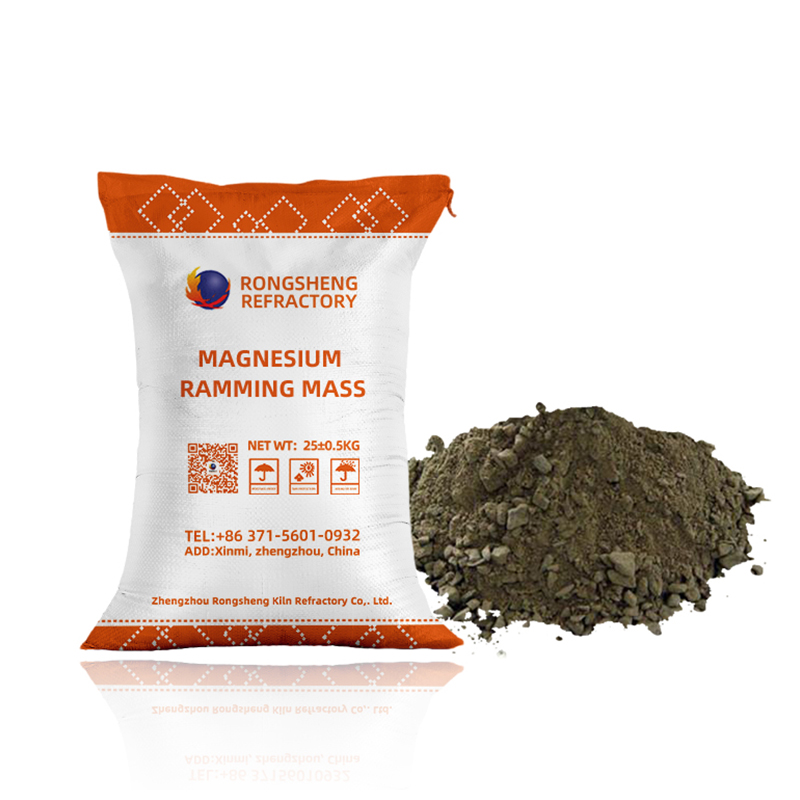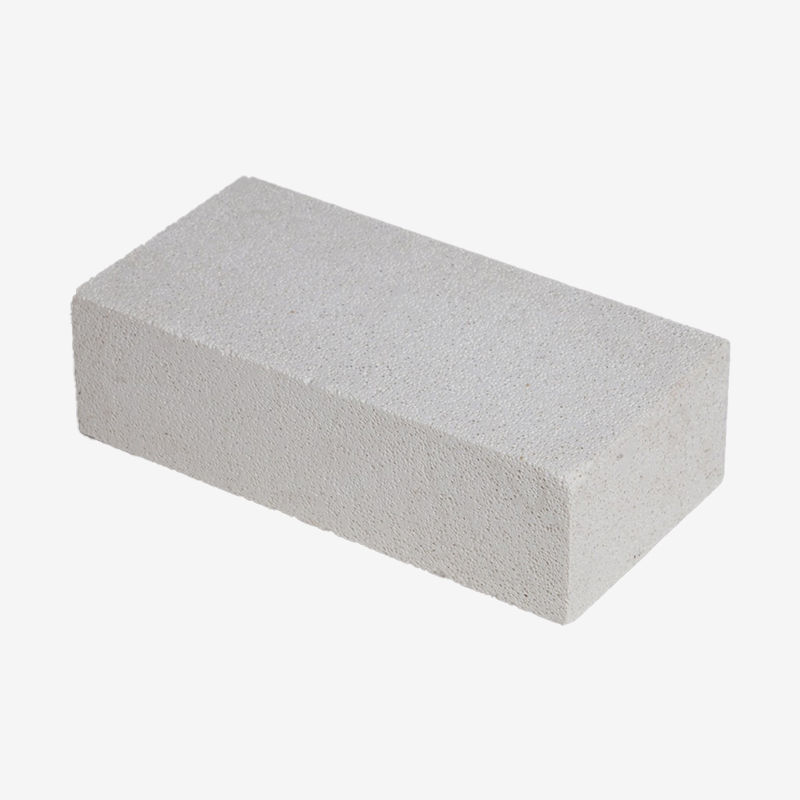China 2021 Good Quality Silica Refractory Brick - Excellent fire resistant silica brick refractories from factory sale – Rongsheng factory and manufacturers | Rongsheng Detail:
Silica refractory brick is acid refractory and has good acid slag erosion resistance. Slica bricks refractoriness under load is up to 1640~1690℃, apparent initial softening temperature is 1620~1670℃ and true density is 2.35g/cm3. Silicon fire brick can service in high temperature for long term and keep volume stability without transformation. Silicon reractory brick contains over 94% SiO2 content. Silicate brick has superior high temperature strength and low thermal shock resistance. Silicate fire brick is made of natural silica ore as the raw material, added suitable mineralizer to promote quartz in the green body transformed into tridymite and fired slowly through temperature of 1350~1430℃ in reducing atmosphere. When heat up to 1450℃, there accounts 1.5~2.2% of total volume expansion. This after-expansion will make the joint-cutting sealed and ensure that the construction keep a good air impermeability and structure strength.
Properties of Silica Fire Brick
- Good acid erosion resistance,
- High temperature strength,
- High refractoriness: 1690~1710°C,
- High RUL: about 1620-1670℃,
- Volume stability at high temperature,
- Good thermal shock resistance.
Composition of Silica Fire Brick
Silicon fire block is a refractory brick that silica content is more than 93%, 50%-80% of tridymite, 10%-30% of cristobalite, quartz and glass phase, about 5%-15%. The mineralogical composition of silicate brick is mainly scale quartz and quartz, as well as a small amount of quartz and vitreous. Scale quartz, quartzite quartz and residual quartz change greatly in volume due to the change of crystal shape at low temperature, so the thermal stability of silicate refractory brick is poor at low temperature. In the use process, under 800 ℃ to slow heating and cooling, so as to avoid cracks. So should not be under 800 ℃ temperature leaps of kiln.
Silica Fire Brick Manufacturing Process
Silicate fire bricks are made from quartzite with a small amount of mineralizing agent. When burned at high temperature, silica refractory bricks mineral composition is composed of scale quartz, quartzite quartz, glass and other complex phase tissues formed at high temperature, and AiO2 content is more than 93%. Among the better fired silica bricks, the content of scale quartz is the highest, accounting for 50%~80%. cristobalit was next, accounting for only 10% to 30%. The contents of quartz and glass phase fluctuate between 5% and 15%
Rongsheng Refractory Silica Fire Brick Specifications
| Item/Index | QG-0.8 | QG-1.0 | QG-1.1 | QG-1.15 | QG-1.2 |
| SiO2 % | ≥88 | ≥91 | ≥91 | ≥91 | ≥91 |
| Bulk Density g/cm3 | ≤0.85 | ≤1.00 | ≤1.10 | ≤1.15 | ≤1.20 |
| Cold Crushing Strength Mpa | ≥1.0 | ≥2.0 | ≥3.0 | ≥5.0 | ≥5.0 |
| 0.2Mpa Refractoriness Under Load T0.6℃ | ≥1400 | ≥1420 | ≥1460 | ≥1500 | ≥1520 |
| Permanent Linear Change On Reheating % 1450℃*2h | 0~+0.5 | 0~+0.5 | 0~+0.5 | 0~+0.5 | 0~+0.5 |
| 20~1000℃ Thermal Expansion 10~6/℃ | 1.3 | 1.3 | 1.3 | 1.3 | 1.3 |
| Thermal Conductivity (w/m*k) 350℃ | 0.55 | 0.55 | 0.6 | 0.65 | 0.7 |
Application of Silica Fire Brick
Silica fire brick are mainly used as refractory materials for protective wall of coking chamber and combustor in coke oven, regenerative chamber and slag pocket in steelmaking open-hearth furnace, soaking pit furnace and glass melting furnace, and other weight bearing area and top in ceramic firing kiln. Silicate bricks also can be used for the weight bearing area in high temperature and top of acid open hearth furnace.
Product detail pictures:
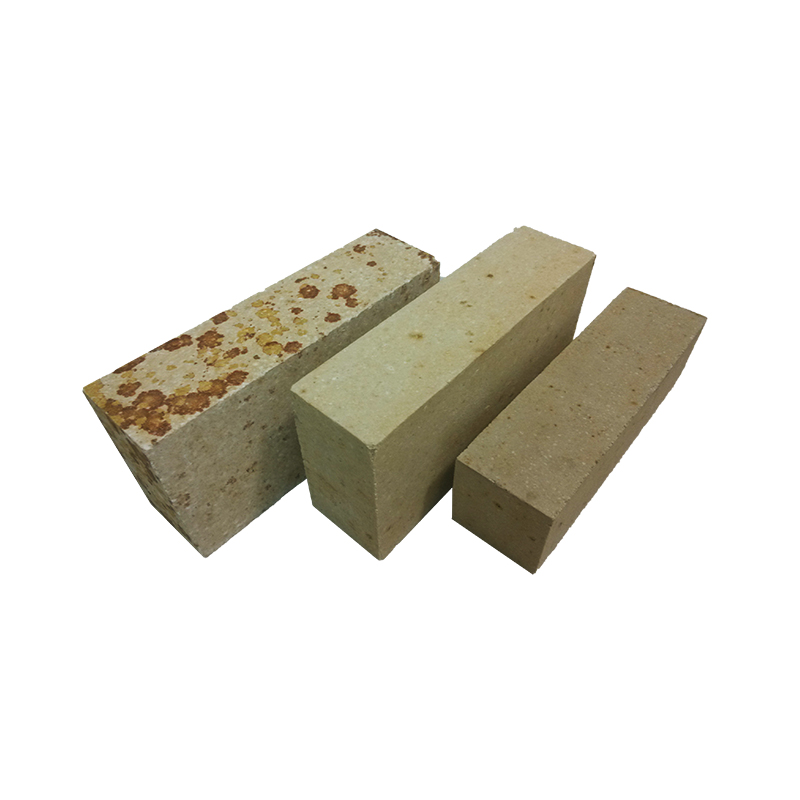
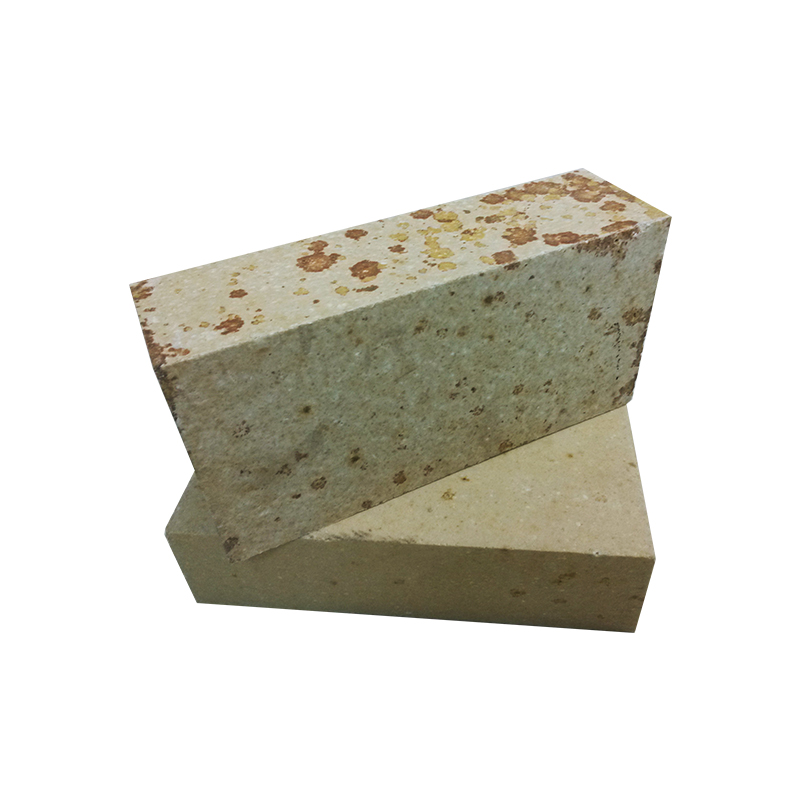
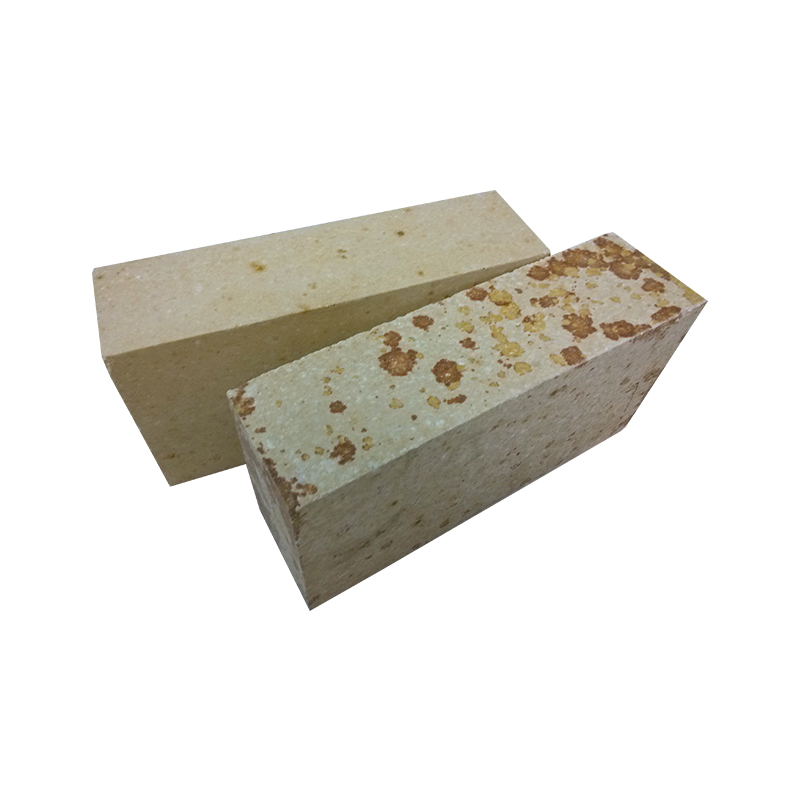
Related Product Guide:
With our rich experience and considerate services, we have been recognized as a reliable supplier for many international buyers for China 2021 Good Quality Silica Refractory Brick - Excellent fire resistant silica brick refractories from factory sale – Rongsheng factory and manufacturers | Rongsheng , The product will supply to all over the world, such as: America, Rome, India, All these products are manufactured in our factory located in China. So we can guarantee our quality seriously and availably. Within these four years we sell not only our products but also our service to clients throughout the world.
This supplier offers high quality but low price products, it is really a nice manufacturer and business partner.

